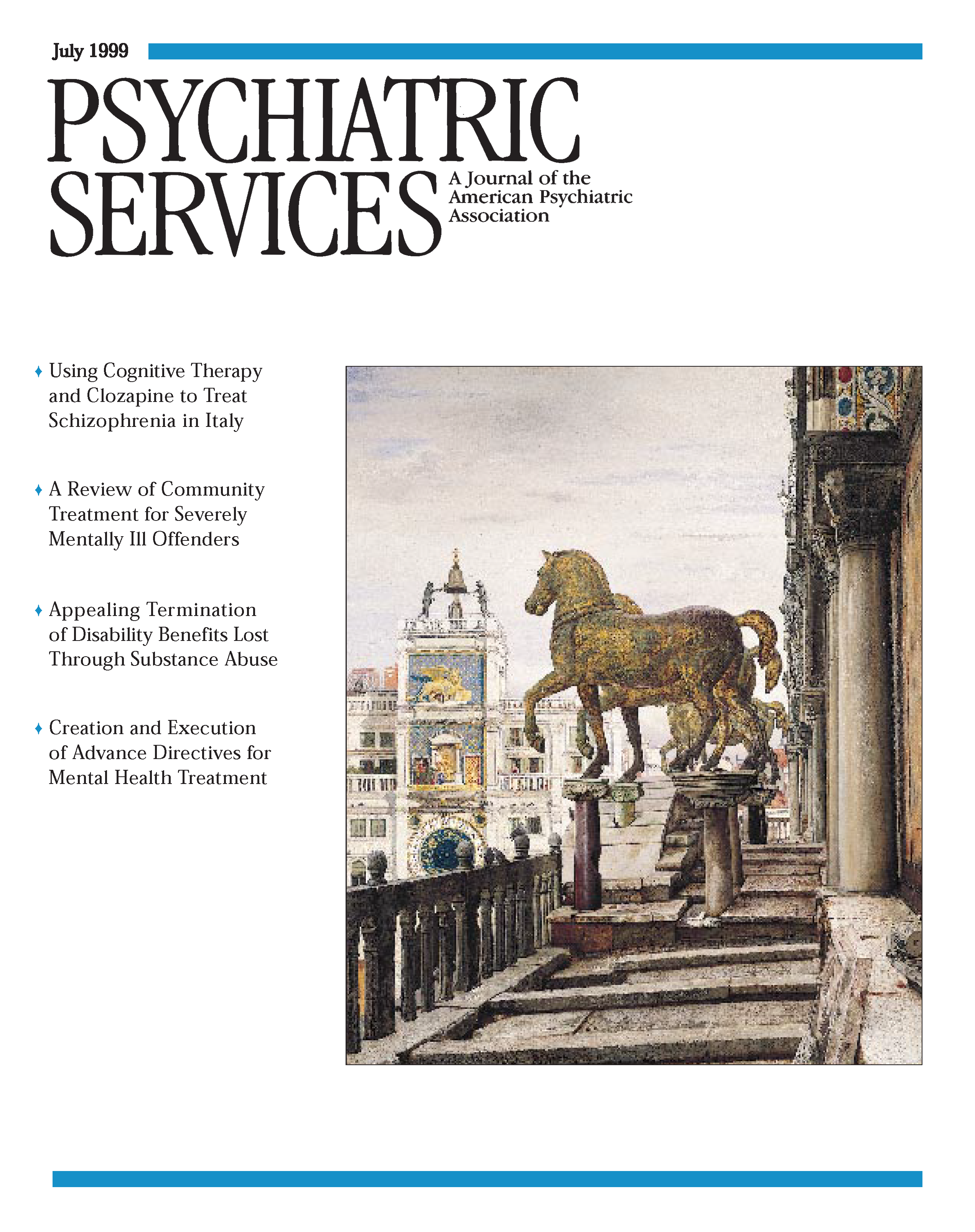The science of psychopharmacology is developing so rapidly that it is increasingly difficult to keep up with what is published. The second edition of the American Psychiatric Press Textbook of Psychopharmacology summarizes the rich abundance of information in an exceptional way.
This second edition consists of 1,095 pages, 48 chapters in four sections, and an appendix. The first section, edited by Joseph Coyle, covers principles of psychopharmacology. These chapters, which have been updated and improved, nicely summarize what is known to date about neurotransmitters, second-messenger systems, neuroanatomy, electrophysiology, animal models of certain psychiatric disorders, the pharmacokinetics and pharmacodynamics of psychotropic medications, and neuroendocrine and immune-system pathology in psychiatric disease.
This section is written in a clear and concise way that makes it appealing and easy to understand even for those who don't read this kind of material regularly. Besides the general updating, what has been added to this section, and significantly enhances it, are the chapters on animal models of anxiety disorders and Alzheimer's disease and the chapter on neuroendocrine and immune-system pathology.
In the second section, editors Dennis Charney and Herbert Meltzer offer a state-of-the-art presentation on classes of drugs, also updated from the first edition. These chapters review the somatic therapies used in psychiatry—antidepressants, anxiolytics, antipsychotics, drugs for the treatment of bipolar disorder, and other agents such as cognitive enhancers, sedative-hypnotics, and stimulants. Venlafaxine now has its own chapter, as does electroconvulsive therapy.
Section 3, edited by David Kupfer, reviews theories on the biology of mood disorders, schizophrenia, anxiety disorders, substance abuse-dependence, eating disorders, Alzheimer's disease, and personality disorders. This material is excellent, as in the first edition. The latter two chapters are new.
The final section, edited by Donald Klein, reviews the psychopharmacological treatment of the major psychiatric disorders and of special populations, such as medically ill patients, the elderly, and pregnant women. A chapter on insomnia has been added. An appendix reports on promising drugs for axis I disorders that recently arrived on the U.S. market, are in development, or never arrived on the market.
The list of contributors is impressive; many are considered the top experts in their respective areas. This textbook is well integrated, easy to read, and practical to use. It is clear that the editors have made an effort to avoid duplication of material. The references are updated, and the indexing is very good.
The second edition maintains the high level of quality of the first and at the same time has significant improvements. It will benefit a wide audience, including medical students, psychiatric residents, and psychiatrists as well as general physicians, psychiatric nurses, social workers, and case managers. Every psychiatric clinician should have this book as a standard reference text in psychopharmacology.

